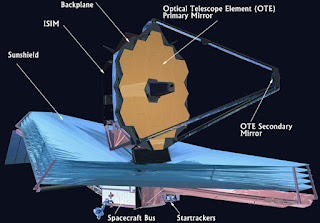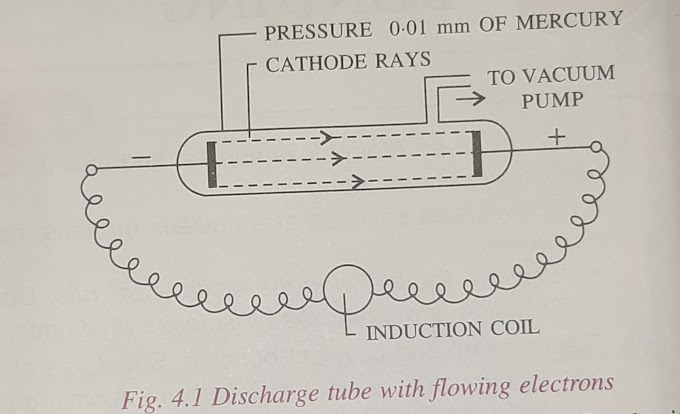James Webb Space Telescope "The Miracle of Science" | Part 3
First, material choice. The sunshield needs to be light, strong, resistant to degradation from solar radiation ,dimensionally stable across a range of temperatures, and reflective. That’s a long shopping list of requirements, and Kapton, a type of high performance plastic, manages to check all the boxes.
Each layer of the kapton sunshield is incredibly thin. Layer 1, the layer closest to the sun is the thickest at just 0.05 millimeters, while the next 4 layers are just 0.025 millimetres thick. Kapton by itself is actually mostly transparent, which isn’t a fantastic trait for a sun blocking heat shield.
Thankfully, the wonder material that is kapton can also be easily coated in other materials. Each layer is coated in a 100 nanometer thick coating of aluminium, giving the sunshield its reflective appearance.
This reflective quality helps prevent heat transfer through radiation, by simply bouncing that radiation back to space, and with gaps between each layer, the heat that is absorbed can’t easily transfer through conduction or convection, taking advantage of the highly insulating vacuum of space between each layer. Heat could still transfer between each layer through radiation.
The outermost layer will gain heat and start glowing with infrared radiation, just as we see through an infrared camera. In order to prevent this the sunshield has some clever engineering designs.
The layers are angled relative to each other to ensure the reflected radiation between each layer is funneled outwards to space. Ensuring that each layer gradually reduces the temperature as it gets closer to the critical components in the instrument bay.
The layers gradually get smaller in area from layer 1 through 5, ensuring the mirror only has a direct line of sight with the coldest layer at all times. Layer 1 itself is also coated in a special silicon coating 50 nano-meters thick, giving it this pink appearance.
Silicon was used because it has high emissivity. Simply meaning it emits a lot of the energy it absorbs out as thermal radiation. Meaning, the material will not hold onto its heat, which would give it time to conduct through the structure of the spacecraft to areas we want cool.
This high emissivity silicon coating is applied to layer 1 and 2, the two hottest layers, helping them send their heat back out to space, away from the spacecraft, as fast as possible. These design choices are what allow the heat shield to maintain the massive heat differential between the hot and cold side, but blocking heat is just one challenge.







0 Comments
Hope Everyone Reading my posts are gaining KNOWLEDGE and able to know something new and informative.
📚📖📕🧾📝😅
Sharing is Caring. So please share this website with everyone you know so that they can also improve their KNOWLEDGE !!!